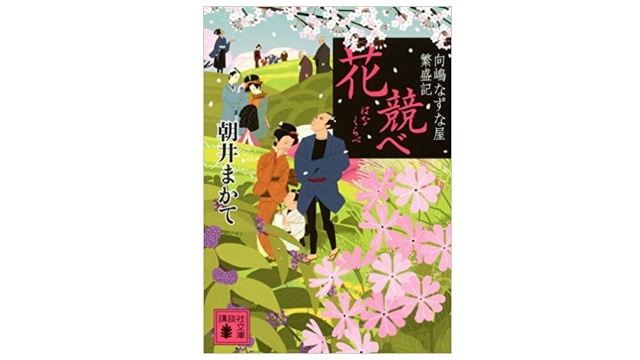
In the early Edo period, the first generation, Ito Ibei, who served at the Tondabayashi clan's mansion, started a gardening business. It is said that he succeeded in cultivating "Kirishima Azalea" brought from Satsuma in 1656 and became known as "Tsutsuji wa Somei" and "Kirishima Ibei."
Around Somei Village, there were mansions such as the Yanagizawa family (now Rikugien), the Tondabayashi and Tatebe families (now Somei Cemetery), and the Maeda family (Kaga-cho, Itabashi-ku). It seems that the high demand for gardening contributed to the prosperity of horticulture.
In the 12th year of the Genroku era (1727), during the tenure of Ito Masatake, the 8th shogun, Yoshimune, visited Ibei's garden (plant nursery) and purchased twenty-nine varieties of plants including Kirishima Azalea, as recorded.

Gardeners began to increase in Edo town after the Great Fire of Meireki (1657), due to the landscaping boom that occurred during the town's reconstruction, creating a demand for gardening. Ito Ibei of Somei, who called himself "Kirishima-ya," can be said to have led the horticultural world from the early Edo period to the mid-Edo period. Ito Ibei's attention to detail wasn't just about his deep knowledge of plants but also his ability to accurately grasp and analyze the trends of the time, making them viable as a business.
It's noteworthy that in the Ito family, even as the main figure changed, the name "Ibei" was passed down through the generations, frequently appearing in history as important figures in horticulture.
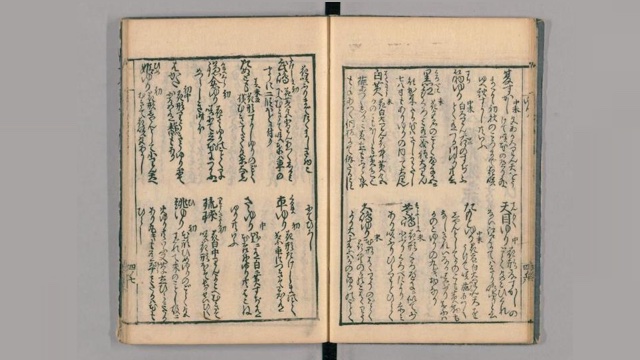
A gardener from the early Edo period.
Engaged in gardening in Somei Village, Edo (present-day Toshima-ku, Tokyo).
- Kinshumakura published in 1692
- Kadan-jikinsho published in 1695
- Kusabana-ezenshu published in 1699.
A gardener from the Edo period.
In Somei Village, located north of Edo (present-day Komagome, Toshima Ward), engaged in gardening for several generations.
The family excelled in insight and expertise in landscaping and flower cultivation, leaving behind many works that depicted the types of horticultural plants that were popular at the time.
- Zouho-jikinsho published in 1710
- Koueki-jikinsho published in 1719
- Jikinsho-huroku published in 1733
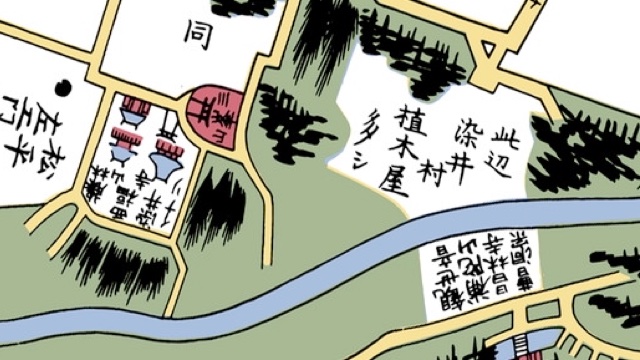
From the fifth generation of Ito Koyemon, a branch of the Ito family, a branch was established in 1805. Successive generations have adopted the name Jūbei.
The address is 835 Somei, Kamikomagome, Toshima-ku, Tokyo. Jōshun-en is listed in "Sakura-sou Meikan".
In the November issue of "Nougyou Sekai" issued on November 1, Showa 15 (1940), it is written as "Living next to Somei Cemetery, a large landowner, etc.," so it is assumed to be around the present-day Somei Inari Shrine, Komagome Flat, and Sakurano Sato Park.
The area of the Nippon Yusen district is believed to be the site of the Ito family's branch line, Ito Koyemon/Jūbei family's estate.
In December 1988, just before the change to the Heisei era, excavation surveys began in the Komagome Rokuchome area of Toshima Ward (currently Komagome Flat).
During the survey period, news of the death of Emperor Showa was received, and work was temporarily halted.
At that time, in Toshima Ward, which was already urbanized, it was hardly thought that ruins would be left in the ward.
However, during a trial excavation survey in the summer of the same year, traces of the Edo period were discovered, leading to the decision to conduct an excavation survey as the "Komagome Rokuchome Site".
In that survey, "planting marks" and "plant pots" from the Edo period were investigated, laying the foundation for subsequent research on ruins.
Subsequent investigations revealed that various remains and artifacts from the Paleolithic period to modern times are buried throughout the Komagome area, and it has now become widely known as a new site called the "Somei Ruins" that covers a wider area.
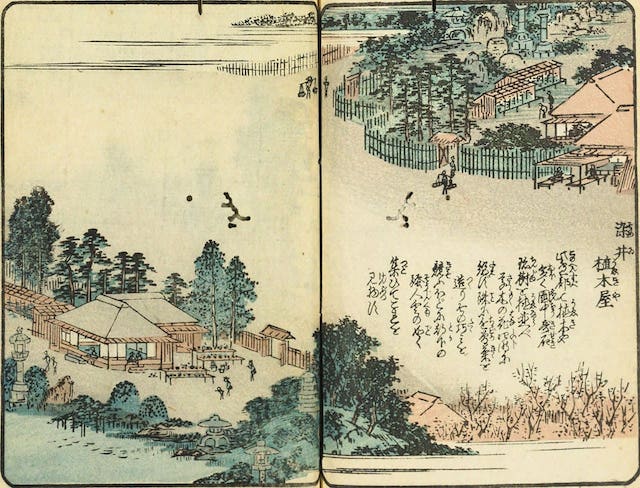
Succeeding the second Jūbei of the gardening profession.
Born in Edo. Business name is Jōshun-en.
- Sakurasou-nayosehikae published in 1860
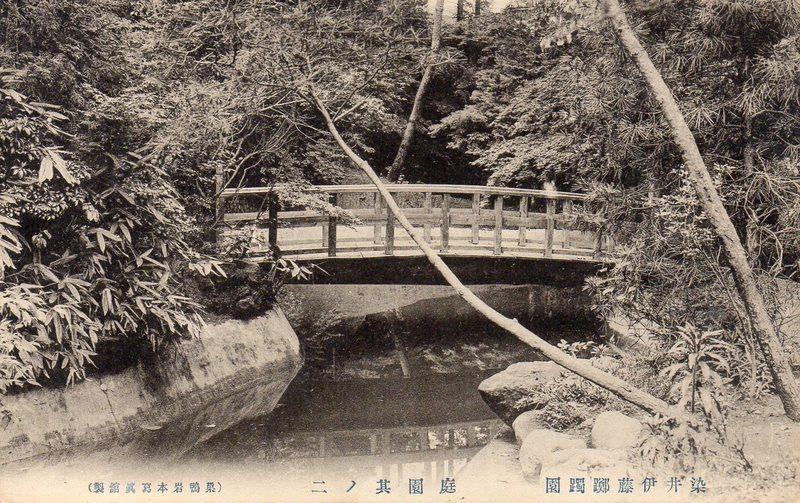
1855-1916 Meiji period horticulturist.
Born in October of the 2nd year of Ansei. Succeeded the 4th generation Jūbei of the gardening profession in Komagome, Tokyo in the 5th year of Meiji.
Well known for his research and breeding of Sakurasou, he presented "Sakurasou Meikan" at the National Industrial Expositions held in the 10th, 14th, and 23rd years of Meiji, winning awards.
In 31st year, became the mayor of Sugamo-cho. Passed away in August of the 5th year of Taishō at the age of 62. Born in Edo with the childhood name Jōtarō. Business name is Jōshun-en.
- Sakurasou-meikan published in 1888
- Sakurasou-meikan-juui published in 1899
- Sakurasou-meikan published in 1907